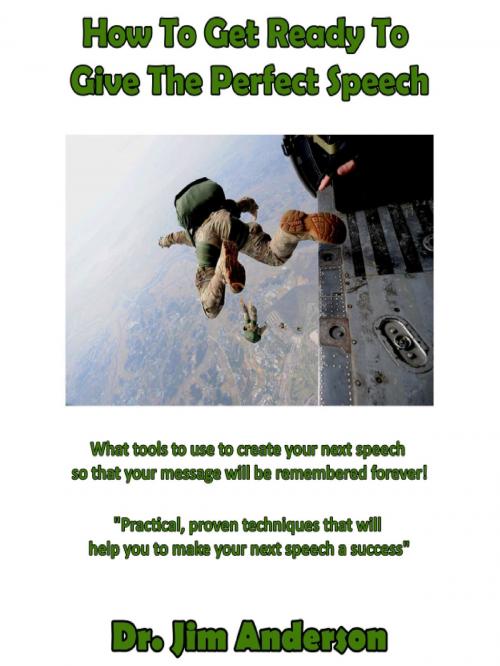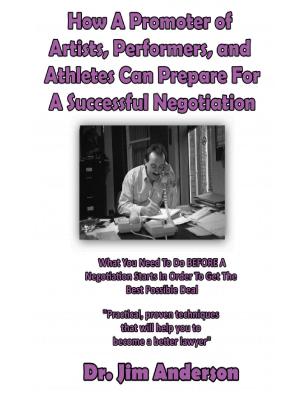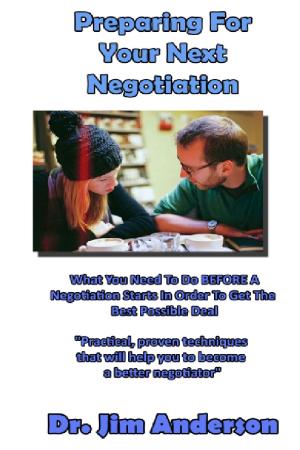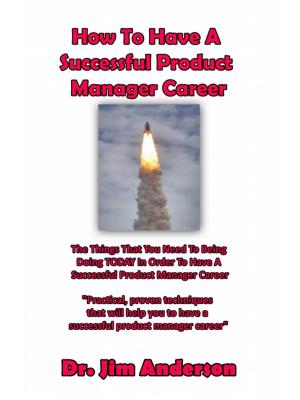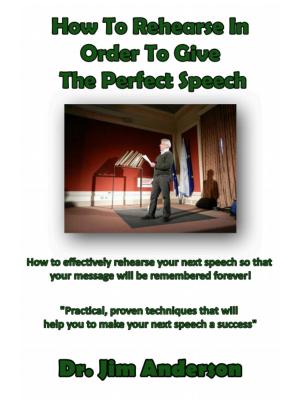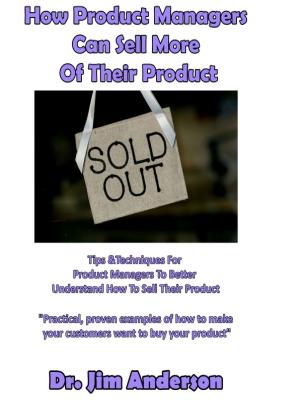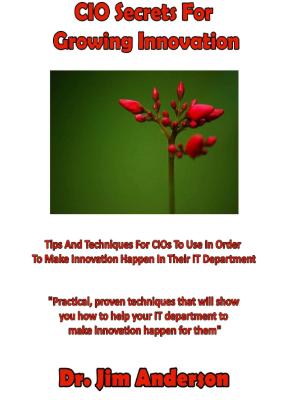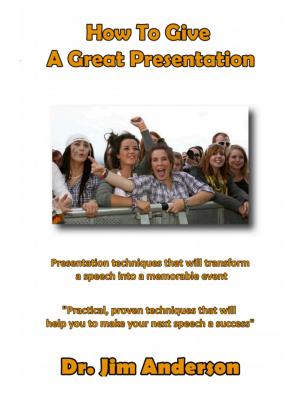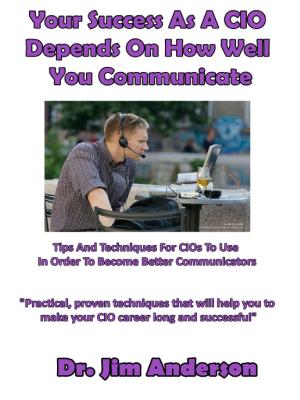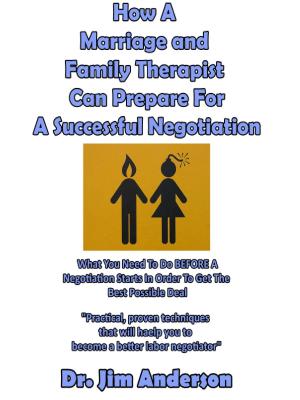How To Get Ready To Give The Perfect Speech: What Tools To Use To Create Your Next Speech So That Your Message Will Be Remembered Forever!
Business & Finance, Business Reference, Business Communication| Author: | Jim Anderson | ISBN: | 9781370200566 |
| Publisher: | Jim Anderson | Publication: | February 16, 2017 |
| Imprint: | Smashwords Edition | Language: | English |
| Author: | Jim Anderson |
| ISBN: | 9781370200566 |
| Publisher: | Jim Anderson |
| Publication: | February 16, 2017 |
| Imprint: | Smashwords Edition |
| Language: | English |
Before we can give the perfect speech, we have to get ready to give the perfect speech. Just saying the words of our speech over and over again is a good first step, but it's not enough. We need to know what else we have to do prior to giving a speech in order to be ready when the big day comes.
What You'll Find Inside:
* CONNECT WITH YOUR AUDIENCE BY USING ENTHUSIASM
* CREATING HIGH QUALITY “A’S” FOR Q&AS
* 3 REASONS WHY SPEAKERS FAIL
* MISTAKES THAT WE SPEAKERS MAKE
We need to understand that how we feel during the delivery of our speech is going to play a big role in how our audience feels about our speech. The more enthusiasm that you can bring to your speech, then the more excited your audience is going to be to hear what you have to say. During your speech you'll need to be careful to pick your words carefully. The one thing that you don’t want to do is to use any "filler words" that don't have to be there.
Every speech that we give is a performance. There are speakers out there that we recognize as being excellent speakers. We can model how they deliver their speeches in order to become more like them. At the same time, in order to make sure that our performance is top notch, we should consider taking some acting lessons so that our performance wows our audience.
Every speech that we give is different. Our speeches that have a question and answer section need to be very carefully created. We're going to have to be ready to give the answers that our audience will be looking for. Other types of speeches, such as debates, require us to prepare for them using completely different tactics.
The most powerful tool that any of us will have during a speech is time. We need to understand how to use this tool to allow us to fully communicate our message. If we don't use it well, then we won't be able to connect with our audience and there is the real possibility that the speech that we are giving will fail.
Before we can give the perfect speech, we have to get ready to give the perfect speech. Just saying the words of our speech over and over again is a good first step, but it's not enough. We need to know what else we have to do prior to giving a speech in order to be ready when the big day comes.
What You'll Find Inside:
* CONNECT WITH YOUR AUDIENCE BY USING ENTHUSIASM
* CREATING HIGH QUALITY “A’S” FOR Q&AS
* 3 REASONS WHY SPEAKERS FAIL
* MISTAKES THAT WE SPEAKERS MAKE
We need to understand that how we feel during the delivery of our speech is going to play a big role in how our audience feels about our speech. The more enthusiasm that you can bring to your speech, then the more excited your audience is going to be to hear what you have to say. During your speech you'll need to be careful to pick your words carefully. The one thing that you don’t want to do is to use any "filler words" that don't have to be there.
Every speech that we give is a performance. There are speakers out there that we recognize as being excellent speakers. We can model how they deliver their speeches in order to become more like them. At the same time, in order to make sure that our performance is top notch, we should consider taking some acting lessons so that our performance wows our audience.
Every speech that we give is different. Our speeches that have a question and answer section need to be very carefully created. We're going to have to be ready to give the answers that our audience will be looking for. Other types of speeches, such as debates, require us to prepare for them using completely different tactics.
The most powerful tool that any of us will have during a speech is time. We need to understand how to use this tool to allow us to fully communicate our message. If we don't use it well, then we won't be able to connect with our audience and there is the real possibility that the speech that we are giving will fail.
